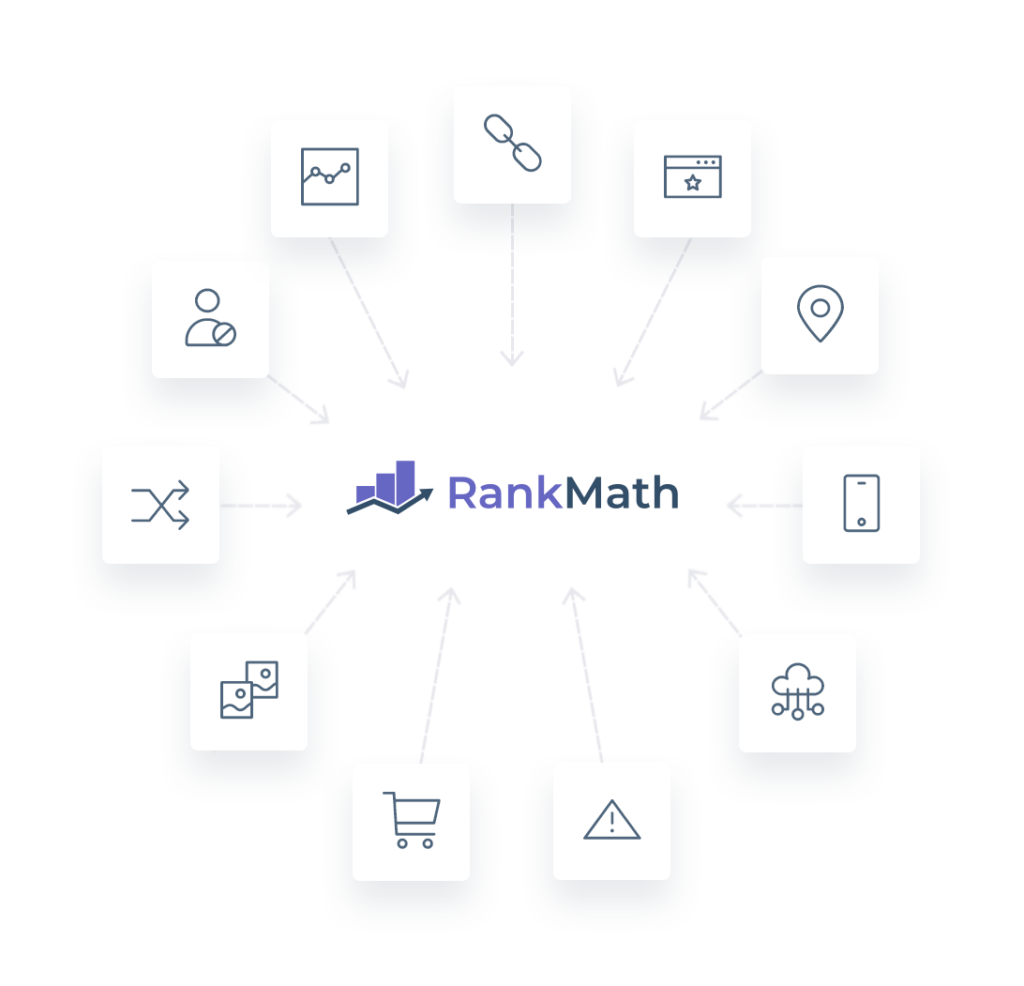
Outline of the Article:
Table of Contents
- Introduction to CPI, PPI, and PMI
- Understanding CPI (Consumer Price Index)
- Definition and purpose
- Calculation method
- Importance in economics
- Insights into PPI (Producer Price Index)
- Definition and significance
- Variations from CPI
- Role in economic analysis
- Delving into PMI (Purchasing Managers’ Index)
- Explanation and relevance
- Components and factors considered
- Impact on markets and industries
- Comparing CPI, PPI, and PMI
- Differences and similarities
- How they influence each other
- Importance of CPI, PPI, and PMI in Financial Markets
- Effects on investors and traders
- Role in decision-making
- Real-world Applications
- Examples of CPI, PPI, and PMI impact
- Case studies
- Future Trends and Challenges
- Emerging methodologies
- Addressing limitations
- Conclusion
What is CPI, PPI, PMI?
Introduction to CPI, PPI, and PMI
In the realm of economics, three key indicators play pivotal roles in gauging the health and performance of economies: CPI, PPI, and PMI. These acronyms stand for Consumer Price Index, Producer Price Index, and Purchasing Managers’ Index, respectively. Each provides unique insights into different aspects of economic activity, aiding policymakers, businesses, and investors in making informed decisions.
Understanding CPI (Consumer Price Index)
CPI, also known as the Consumer Price Index, is a measure of the average change over time in the prices paid by urban consumers for a basket of consumer goods and services. It serves as a crucial indicator of inflation, reflecting the purchasing power of consumers. Calculated by statistical agencies, CPI tracks changes in the cost of living and is utilized to adjust wages, pensions, and social security benefits.
Insights into PPI (Producer Price Index)
On the other hand, PPI, or the Producer Price Index, measures the average change in selling prices received by domestic producers for their output. Unlike CPI, which focuses on consumer goods, PPI captures price movements at the wholesale level, providing insights into inflationary pressures within industries. It serves as an early indicator of potential shifts in consumer prices and production costs.
Delving into PMI (Purchasing Managers’ Index)
PMI, the Purchasing Managers’ Index, offers valuable insights into the manufacturing and services sectors’ activities. It surveys purchasing managers across various industries, assessing factors such as new orders, production levels, and employment. PMI readings above 50 indicate expansion, while readings below 50 suggest contraction, providing a snapshot of economic health and future trends.
Comparing CPI, PPI, and PMI
While CPI, PPI, and PMI serve distinct purposes, they are interconnected and often influence each other. CPI reflects consumer spending patterns influenced by changes in prices, whereas PPI measures production costs that eventually trickle down to consumers. PMI, on the other hand, provides forward-looking indicators of economic activity, impacting both CPI and PPI through demand and supply dynamics.
Importance of CPI, PPI, and PMI in Financial Markets
In financial markets, CPI, PPI, and PMI data are closely monitored by investors, traders, and policymakers. Changes in these indices can affect interest rates, currency values, and stock market performance. Investors use CPI to assess inflationary pressures and adjust their portfolios accordingly, while PMI data influence investment decisions by signaling shifts in economic momentum.
Real-world Applications
Real-world examples demonstrate the significance of CPI, PPI, and PMI in economic analysis and decision-making. For instance, a sudden increase in CPI may prompt central banks to raise interest rates to curb inflation. Similarly, a decline in PMI could signal economic downturns, prompting investors to shift investments to safer assets.
Future Trends and Challenges
Looking ahead, advancements in data analytics and technology are poised to enhance the accuracy and timeliness of CPI, PPI, and PMI calculations. However, challenges such as data quality and geopolitical uncertainties may pose obstacles to interpretation and forecasting. Addressing these challenges will be essential to maintaining the relevance and reliability of these indices.
Conclusion
In conclusion, CPI, PPI, and PMI are indispensable tools for understanding economic trends, inflationary pressures, and business conditions. By providing timely and reliable data, these indices enable stakeholders to make informed decisions, mitigate risks, and capitalize on opportunities in an ever-changing economic landscape.
FAQs
- What factors influence CPI? Factors such as changes in commodity prices, wages, taxes, and government policies can influence CPI.
- How often are CPI, PPI, and PMI data released? CPI and PPI data are typically released monthly, while PMI data are released on a monthly basis for manufacturing and services sectors.
- Can CPI, PPI, and PMI predict economic recessions? While they can provide insights into economic conditions, CPI, PPI, and PMI alone may not be sufficient to predict recessions accurately.
- Are CPI, PPI, and PMI calculated similarly worldwide? While the basic methodologies are similar, variations exist in the calculation and weighting of components across countries.
- How do investors use CPI, PPI, and PMI data in trading? Investors analyze CPI, PPI, and PMI data to anticipate shifts in interest rates, currency values, and stock market performance, adjusting their investment strategies accordingly.
